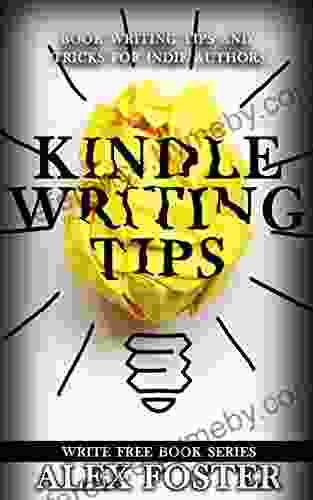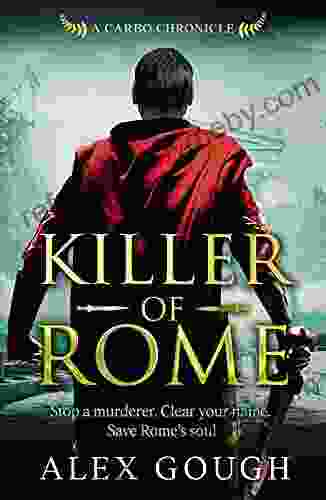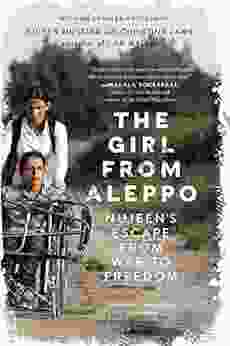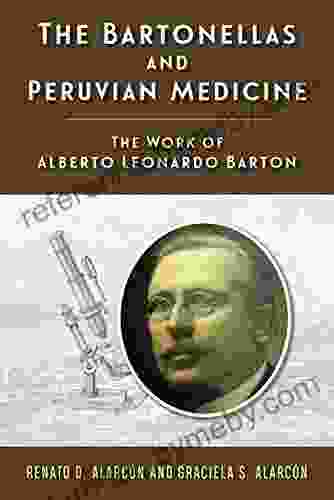Writing Tips and Tricks for Indie Authors: Write Free

Are you an aspiring author with a story to tell? Do you dream of seeing your book in print but don't know where to start? If so, this guide is for you.
4.3 out of 5
| Language | : | English |
| File size | : | 1693 KB |
| Text-to-Speech | : | Enabled |
| Screen Reader | : | Supported |
| Enhanced typesetting | : | Enabled |
| Word Wise | : | Enabled |
| Print length | : | 22 pages |
| Lending | : | Enabled |
In this comprehensive guide, we will cover everything you need to know about writing and publishing your own book as an indie author. We will discuss the different stages of the writing process, from brainstorming ideas to editing and proofreading your manuscript. We will also provide tips on marketing and promoting your book once it is published.
So whether you are just starting out or you are a seasoned writer looking to improve your craft, this guide has something for you. Let's get started!
Brainstorming Ideas
The first step to writing a book is to come up with an idea. This can be a daunting task, but it doesn't have to be. There are many different ways to brainstorm ideas for your book.
- Freewriting: Freewriting is a great way to get your creative juices flowing. Simply set a timer for 10-15 minutes and write whatever comes to mind. Don't worry about grammar or spelling, just focus on getting your ideas down on paper.
- Mind mapping: Mind mapping is another helpful brainstorming technique. Start by writing down your main topic in the center of a piece of paper. Then, draw branches off of the main topic and write down any related ideas that come to mind.
- Clustering: Clustering is a similar technique to mind mapping, but it is more freeform. Start by writing down your main topic in the center of a piece of paper. Then, circle the main topic and write down any related ideas that come to mind. You can continue to add circles and ideas until you have exhausted all of your thoughts.
Once you have a few ideas, it's time to start narrowing them down. Consider the following questions:
- What is the main theme of your book?
- Who is your target audience?
- What is the unique selling point of your book?
Once you have a good understanding of your book's main theme, target audience, and unique selling point, you can start to develop your plot.
Developing Your Plot
The plot of your book is the backbone of your story. It is what will keep your readers engaged and turning pages. There are many different ways to develop a plot, but some of the most common include:
- The Hero's Journey: The Hero's Journey is a classic plot structure that has been used for centuries. It follows the journey of a hero who goes on a quest to achieve a goal.
- The Three-Act Structure: The Three-Act Structure is another common plot structure. It divides the story into three acts: the setup, the confrontation, and the resolution.
- The Five-Act Structure: The Five-Act Structure is a more complex plot structure that divides the story into five acts: the exposition, the rising action, the climax, the falling action, and the resolution.
Which plot structure you choose will depend on the type of story you are writing. Once you have chosen a plot structure, you can start to develop your characters and setting.
Developing Your Characters
Your characters are the heart of your story. They are the ones who will drive the plot and keep your readers engaged. When developing your characters, it is important to consider their motivations, goals, and flaws.
Here are a few tips for developing your characters:
- Give your characters a backstory. What events shaped their lives and made them who they are today?
- Make your characters relatable. Readers should be able to connect with your characters on a personal level.
- Give your characters flaws. No one is perfect, and your characters should be no exception. Flaws make your characters more believable and relatable.
Once you have developed your characters, you can start to develop your setting.
Developing Your Setting
The setting of your story is the place where the action takes place. It can be a real place, a fictional place, or a combination of both. When developing your setting, it is important to consider the following:
- The physical environment. What does the setting look like? What is the climate like? What are the natural resources?
- The social environment. What are the customs and traditions of the people who live in the setting? What are the social hierarchies?
- The historical context. What events have shaped the setting? How has the setting changed over time?
Your setting should be an integral part of your story. It should help to create the mood and atmosphere of your story. It should also help to drive the plot and develop your characters.
Writing Your First Draft
Now that you have developed your plot, characters, and setting, it's time to start writing your first draft. Don't worry about making it perfect at this stage, just focus on getting your ideas down on paper.
Here are a few tips for writing your first draft:
- Set a writing schedule. This will help you to stay on track and make progress on your book.
- Find a writing space. This should be a place where you can focus and be creative.
- Don't be afraid to experiment. Try different writing styles and techniques to see what works best for you.
Once you have finished your first draft, it's time to start editing.
Editing Your Manuscript
Editing is an essential part of the writing process. It is what will help you to improve the quality of your writing and make your book ready for publication.
There are two main types of editing: self-editing and professional editing.
- Self-editing involves editing your own work. This can be a challenging task, but it is important to be objective and critical of your own writing.
- Professional editing involves hiring a professional editor to edit your work. This can be a more expensive option, but it
4.3 out of 5
| Language | : | English |
| File size | : | 1693 KB |
| Text-to-Speech | : | Enabled |
| Screen Reader | : | Supported |
| Enhanced typesetting | : | Enabled |
| Word Wise | : | Enabled |
| Print length | : | 22 pages |
| Lending | : | Enabled |
Do you want to contribute by writing guest posts on this blog?
Please contact us and send us a resume of previous articles that you have written.
 Book
Book Novel
Novel Page
Page Chapter
Chapter Text
Text Story
Story Genre
Genre Reader
Reader Library
Library Paperback
Paperback E-book
E-book Magazine
Magazine Newspaper
Newspaper Paragraph
Paragraph Sentence
Sentence Bookmark
Bookmark Shelf
Shelf Glossary
Glossary Bibliography
Bibliography Foreword
Foreword Preface
Preface Synopsis
Synopsis Annotation
Annotation Footnote
Footnote Manuscript
Manuscript Scroll
Scroll Codex
Codex Tome
Tome Bestseller
Bestseller Classics
Classics Library card
Library card Narrative
Narrative Biography
Biography Autobiography
Autobiography Memoir
Memoir Reference
Reference Encyclopedia
Encyclopedia Vanessa Cortese
Vanessa Cortese Adrian Leonard
Adrian Leonard Alan Evans
Alan Evans Alex J Gutman
Alex J Gutman Adriana Rabinovich
Adriana Rabinovich Al Strachan
Al Strachan Paddy Ashdown
Paddy Ashdown Alex Hutchinson
Alex Hutchinson Aleksander Wat
Aleksander Wat Aisha Khalfay
Aisha Khalfay Juju Sabra
Juju Sabra Ben Horowitz
Ben Horowitz Alan Lawrence Sitomer
Alan Lawrence Sitomer Ahmed Siddiqui
Ahmed Siddiqui Sarvepalli Gopal
Sarvepalli Gopal Adam Woodbeck
Adam Woodbeck Disha Experts
Disha Experts Mike Cohn
Mike Cohn Philip Gwynne Jones
Philip Gwynne Jones Alan Taylor
Alan Taylor
Light bulbAdvertise smarter! Our strategic ad space ensures maximum exposure. Reserve your spot today!
 Ivan TurnerFollow ·18.8k
Ivan TurnerFollow ·18.8k Jedidiah HayesFollow ·17.4k
Jedidiah HayesFollow ·17.4k Lawrence BellFollow ·19.1k
Lawrence BellFollow ·19.1k Pete BlairFollow ·18.5k
Pete BlairFollow ·18.5k Gage HayesFollow ·11.6k
Gage HayesFollow ·11.6k Hunter MitchellFollow ·12.1k
Hunter MitchellFollow ·12.1k Jason HayesFollow ·10.2k
Jason HayesFollow ·10.2k Corbin PowellFollow ·15k
Corbin PowellFollow ·15k
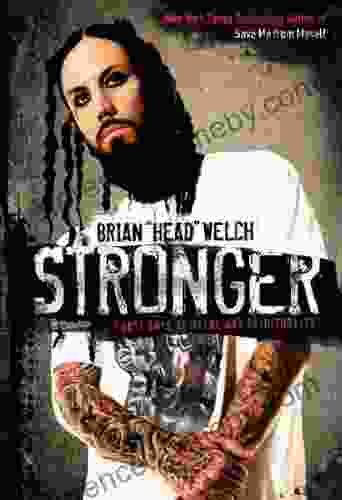
 Brandon Cox
Brandon CoxStronger: Forty Days of Metal and Spirituality
A 40-day...
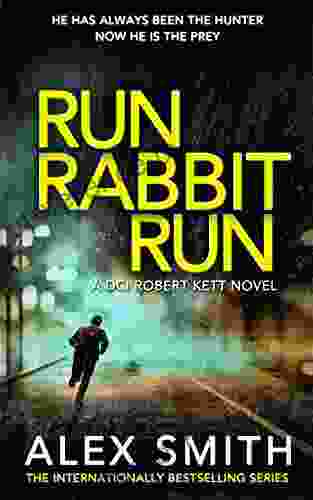
 Dustin Richardson
Dustin RichardsonDelve into the Gripping World of British Crime: DCI Kett...
Unveiling the Intricate Tapestries of Crime...
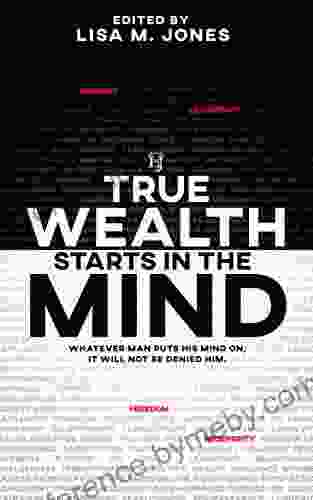
 Giovanni Mitchell
Giovanni MitchellTrue Wealth Starts In The Mind: Unleash Your Inner...
In the pursuit of...
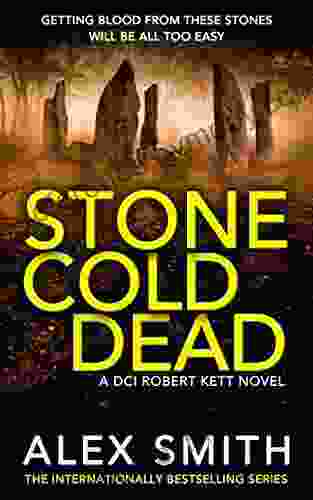
 Duncan Cox
Duncan CoxPulse Pounding British Crime Thriller: DCI Kett Crime...
Prepare for...

 Dashawn Hayes
Dashawn HayesUnveiling the Unwavering Strength and Inspiring Journey...
In the annals of wrestling history, the name...
4.3 out of 5
| Language | : | English |
| File size | : | 1693 KB |
| Text-to-Speech | : | Enabled |
| Screen Reader | : | Supported |
| Enhanced typesetting | : | Enabled |
| Word Wise | : | Enabled |
| Print length | : | 22 pages |
| Lending | : | Enabled |


